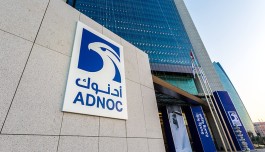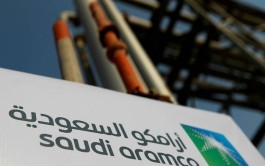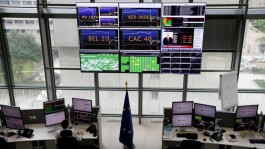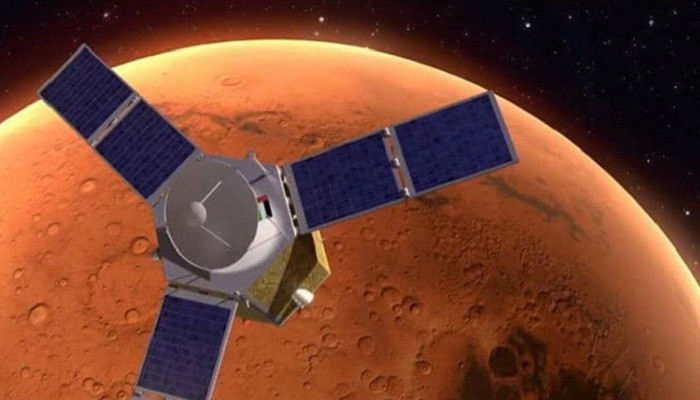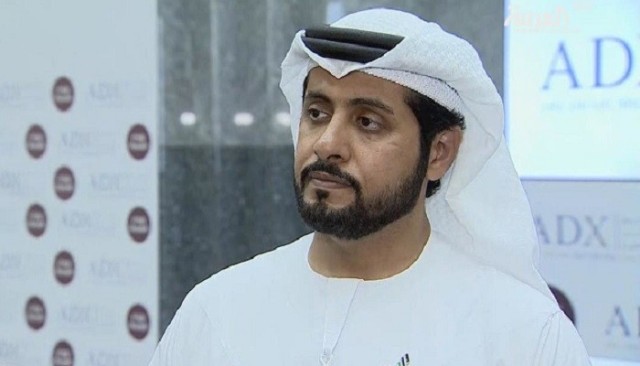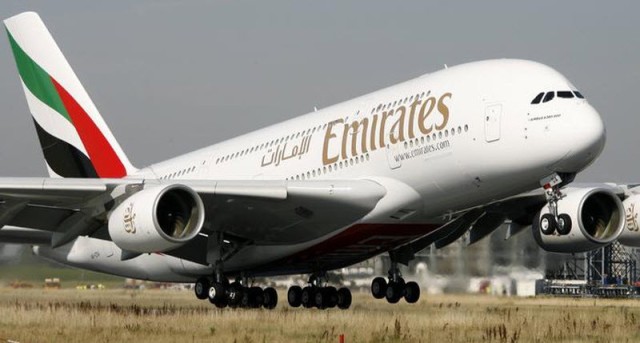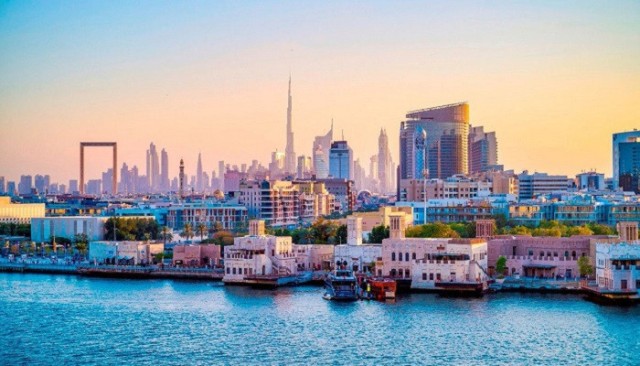The Emirati preparations were underway for a long time to achieve this dream, until the final image began to be completed early this week until the probe was launched from the Tanegashima Space Center in Japan.
According to WAM, the launch missile carrying the Hope probe was moved to the launch pad after it was removed from the installation building and then placed on the launch platform at the base of the Tanegashima Space Center in Japan. Perform final checks of it and verify operational conditions of the launch vehicle, tracking and control systems and weather conditions.
The Emirates Space Agency and the Mohammed Bin Rashid Space Center announced the reception of the ground control station in Al Khawaneej, Dubai, for the first call from the probe, where the first broadcast signal was recorded from it at exactly the hour 3:10 am UAE time, more than an hour after it was launched.
Details regarding the mission and the next steps will be announced during a press conference that will be held today, Monday, at one o'clock in the afternoon.
Imran Sharaf, Director of the Emirates Project for Exploration of Mars, said that after about 28 days of launch, the propulsion and orientation system of the probe will be used to direct it towards the orbit of Mars where the payment system was designed. High resolution with an Emirati contribution.
The Emirates project to explore Mars, the probe of hope, crowns the first Arab and Islamic project to study the Red Planet (Mars) a scientific effort in which 200 engineers and girls from the sons and daughters of the Emirates participated over the six years Previous, as part of the Emirates project to explore Mars.
It is planned that the probe of hope will reach the orbit of Mars in the first quarter of 2021, in conjunction with the celebrations of the 50th anniversary of the Union’s visit, which is expected to take 7 months. During it, the probe will travel 493 million km.
(Fun Knowledge of Knowledge)
